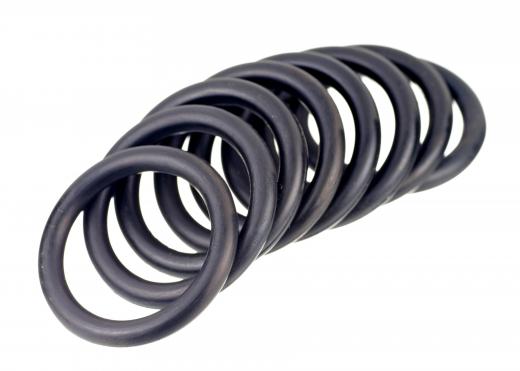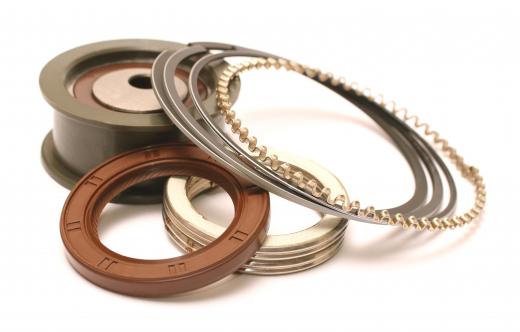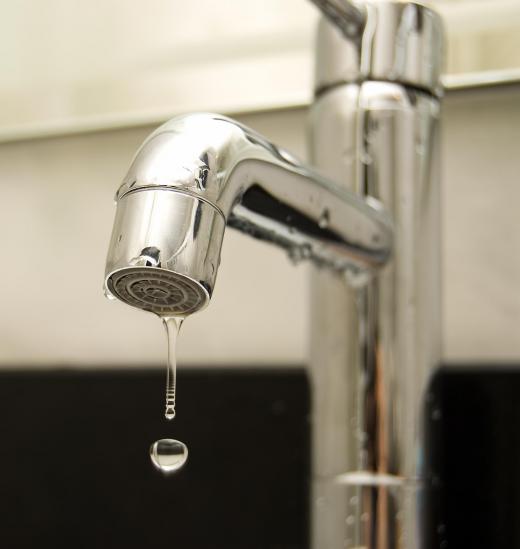A mechanical seal is a device which helps join mechanisms or systems together using pressure. This type of seal can be used in plumbing systems to prevent leakage in the tubes and pipes. A mechanical seal can also be used for manufacturing and other high pressure applications.
Mechanical seals offer the required reconciliation and sealing between a compressor housing or stationary pump, and a spinning shaft. They generally contain a key area such a bushing or ring that is mounted, and has a stationary seal brought about by a spinning shaft or an o-ring. Another portion is affixed to the stationary housing which also carries an o-ring seal.

A plug is a simple example of a mechanical seal. A plug consists of a sponge-like material such as cork or rubber. When inserted into a hole it will press against the hole’s exteriors which creates the mechanical pressure. The pressure from the plug will seal the hole and concurrently prevent leakage.
A gasket operates on similar principles, and is another type of mechanical seal. Because of its sponge-like composition, it easily covers and seals the joint of the two objects. If the two objects to be joined aren’t aligned properly, the gasket can be used to bridge the gap, thus sealing the object.

Most mechanical seals operate by tightly screwing things together. For instance, when screwing a hose to the inside of a faucet, only a little water will seep out. Since the faucet and hose fit perfectly when joined, water will not leak out of the seal.
Pusher mechanical seals typically use axially-mounted springs on shaft sealing assemblies in order to produce a fixed pressure on the seal’s surface. Springs considered non-pushers, on the other hand, do not use springs, favoring a sealed bellow to apply pressure on the object's halves. Both are fairly simple to use, relatively modestly priced, and able to tolerate moderate amounts of vibration and misalignment.

Another type of mechanical seal is called a balanced mechanical seal. These seals are able to tolerate much more pressure, and work best with liquids with lower lubrication properties. Unbalanced seals are better suited for situations in which there is a higher tendency for misalignment and vibration.
Standard mechanical seals are mainly use for upgrading compressors and pumps, plus retrofits. Some maintenance effort and engineering may be required when using conventional mechanical seals. Cartridge type seals may offer a simpler and easier-to-install product as they simply fit into the cartridge casing.
